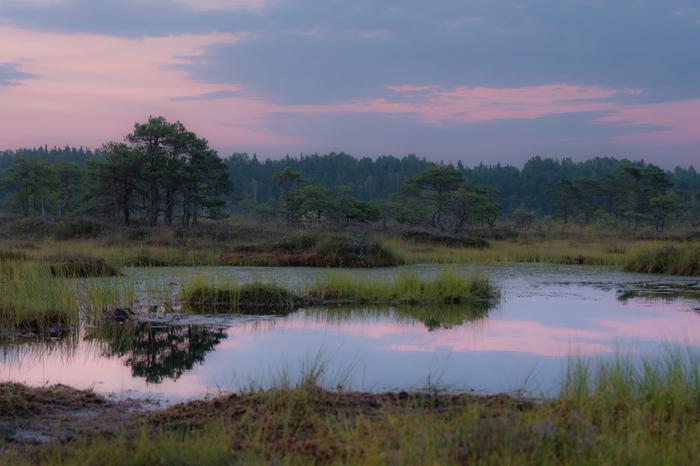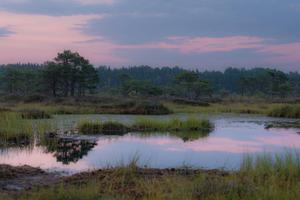
image:
Ancient bogs Hemisphere hold clues to a major shift in the Earth’s climate after last Ice Age
Credit: University of Southampton
Scientists have revealed that ancient bogs in the Southern Hemisphere hold clues to a major shift in the Earth’s climate thousands of years ago.
Researchers looking at peatlands have discovered that sudden shifts in the Southern Westerly Winds 15,000 years ago triggered a massive growth of the swamps.
Geo-experts have never fully understood what caused the bogs to form across the Southern Hemisphere after the last Ice Age.
But the scientists behind the new paper, published in Nature Geoscience, now think the shifting winds created the ideal climate for them to grow.
The study was led by the University of Southampton with experts worldwide.
Lead author Dr Zoë Thomas, from Southampton, said the findings suggest the winds are not only responsible for regulating carbon stores in peatland, but how much CO2 the ocean absorbs and releases into the atmosphere.
She added: “When the winds shifted north 15,000 years ago, they changed the stirring action in the Southern Ocean which acts as the largest natural carbon sink on earth.”
Peatlands, which are massive natural carbon stores, form when waterlogged soil accumulate layers of dead plant material across thousands of years.
The team used peat found across South America, Australasia, southern Africa and the sub-Antarctic islands.
Using radiocarbon-dating, they were able to pinpoint when climatic conditions became wet and favourable enough for sustained plant growth, decay and bog formation.
Dr Thomas added: “We found a clear pattern – major peat growth occurred at the same time the winds shifted north or south, coinciding with changing atmospheric levels of carbon dioxide.”
Recent climate observations show the Southern Westerly Winds are shifting again – this time in the opposite direction towards the South Pole due to climate change.
If this trend continues, Dr Thomas warned it could severely disrupt the ocean’s ability to capture carbon.
She said: “This southerly shift has already led to increases in continental droughts and wildfires across the southern landmasses.”
Co-author Dr Haidee Cadd, from the University of Wollongong in Australia, added: “If the planet’s largest carbon sink becomes less effective, it will accelerate the rate at which CO2 accumulates in the atmosphere, amplifying global warming trends.”
Read more about the study at doi.org/10.1038/s41561-025-01842-w.
ENDS
362 WORDS
Journal
Nature Geoscience
Method of Research
Observational study
Subject of Research
Not applicable
Disclaimer: AAAS and EurekAlert! are not responsible for the accuracy of news releases posted to EurekAlert! by contributing institutions or for the use of any information through the EurekAlert system.
